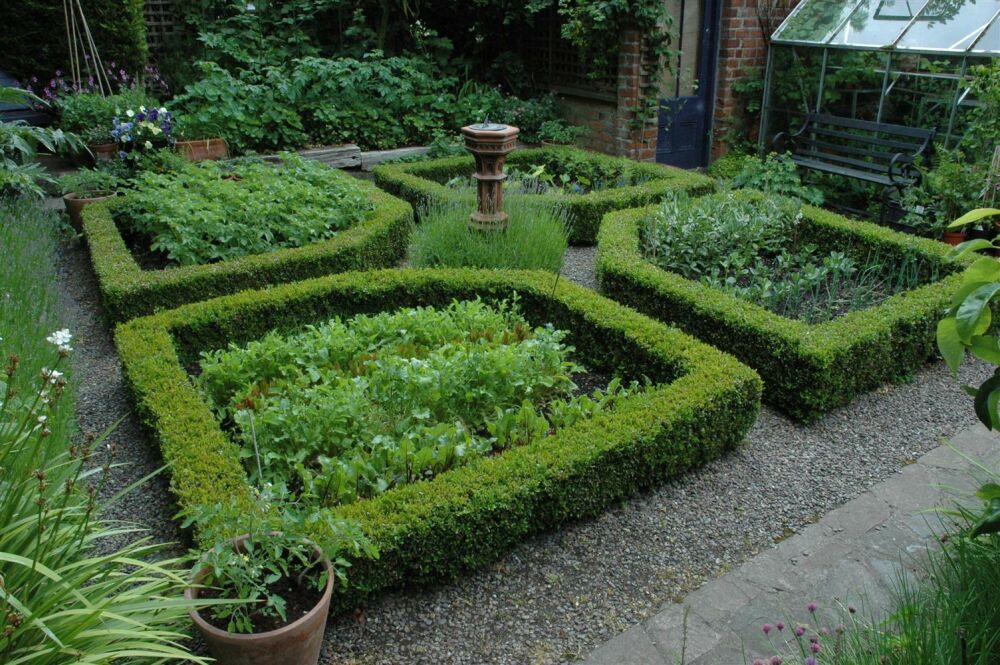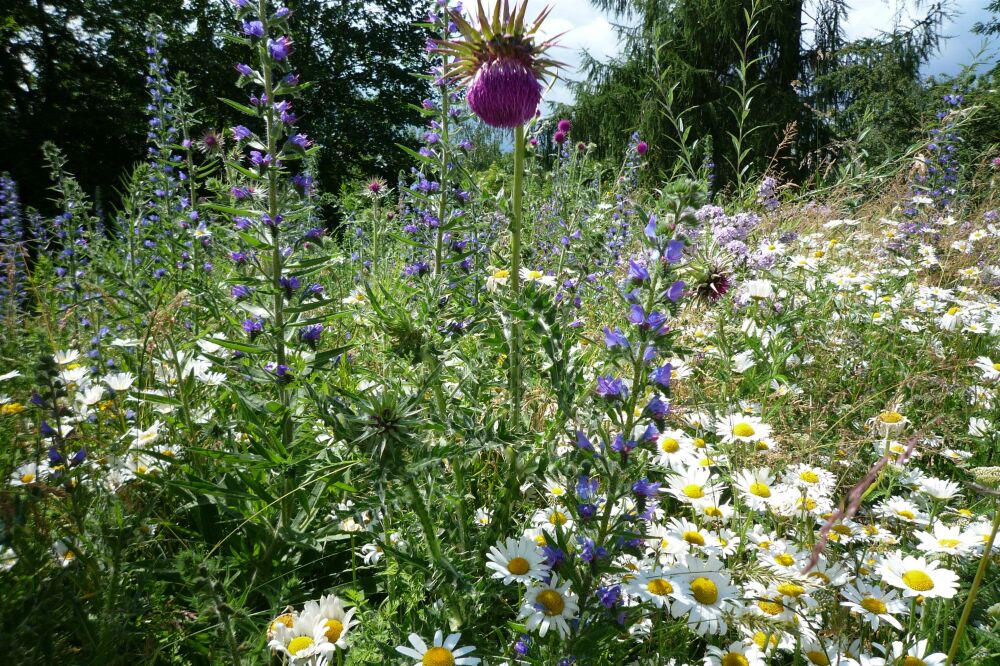How do you protect your hedge plants from the winter cold?
You prefer to buy hedge plants so you don't have to worry about them too much. Right? At least that's what we assume, for the sake of convenience. It comes in handy that you don't have to get geared up to protect your metre-long and often metre-high hedge during the cold winters. At Hedgeplants Heijnen we have made sure that you will have little extra work to do when it comes to your hedges during the winter months. In many cases they are very hardy, such as the beech hedges, the Thuja's, the Cypresses and many others. The Laurel has varieties that are moderately hardy. And the variants Laurel Rotundifolia and Laurel Caucasica are moderately hardy. This is all very clearly described on our website.
And what then is moderate, medium or very hardy?
Good question! Let us explain the difference below.
Moderately hardy plants survive a short moderate frost period between 0 and -10 degrees Celsius. But if the period lasts a longer time, you should still protect them against the frost.
Medium hardy plants you should keep an eye on when the frost gets a little worse. And we mean between -10 and -15 degrees Celsius.
Very hardy plants. These even survive a major frost period of -15 to -25 degrees Celsius. Nothing to worry about.
Don't panic at the word 'night frost', because night frost is no real frost
No need to panic when you hear the word. The word says it all. It only freezes at night. This can't really be called a real frost for growers. Night frost only becomes a problem for plants if it freezes during the day as well. We mean: colder than -5 degrees Celsius. You should be careful however, if it’s snowing as well. Especially if you have moderately hardy hedge plants in your garden.
But of course it is wise to keep the conditions for your hedge as optimal as possible. So make sure the soil does not stay too wet. Because when this water starts to freeze, the roots and eventually the whole plant is doomed.
Protecting a plant in a pot or container is better than planting it in the ground.
A hedge plant is generally planted in soil, but if you have placed one or more plants in pots or containers, it is also good to keep an eye on the frost. Plants in the open ground are much less vulnerable to the cold. This is because the roots of the plant are above the ground in the containers or pots. Which means they freeze faster. This is also the case with hardy plants. The plant roots in the open ground, on the other hand, are much better protected. The top layer of the soil can freeze if necessary, but that frost will not reach the lower parts; the roots.
How do you protect a plant in a pot?
You can possibly insulate the pot. This is best done before you put the plant in it. Insulated pots can also be ordered online, so you do not have to work with insulating material, such as bubble wrap or Styrofoam. Leave the bottom open at all times, otherwise the water will not be able to drain away. You can also put the complete pot with plant inside somewhere frost-free. Be sure to have enough space. And yes, let's be honest: it’s a lot easier to leave them outside!
How do you protect plants in the open ground?
If you really need to protect your hedge plants from the cold, the best thing you can do is use fleece. A light fabric that you tie around the plant. The plant gets just enough oxygen through the fabric. It is not advisable to use non-breathable protection products - such as foil - because the leaves may suffocate and die.
Again, if it is not necessary, you really should not protect the plant. Most plants are quite capable of protecting themselves from the cold on their own. And you should certainly be careful at the moment the temperatures start to rise again. Remove the protection as soon as possible.
Protecting your plants in a natural way is a better solution. Our advice: don’t clean the leaves in the garden because it looks better, leave the leaves there until March. They provide a natural insulation for the soil. And by doing so you protect the roots. It costs nothing. Not even a single effort!
You can also choose to use a thick layer of mulch. Cover the soil around your hedge plants with organic material, for example wood chips, tree bark, straw or grass. This protects the soil and the roots from the cold. An additional advantage in spring and summer is that weeds have no chance to grow and nutrition, air and moisture penetrate the soil better because the soil structure becomes more aerated when mixed with mulch.



